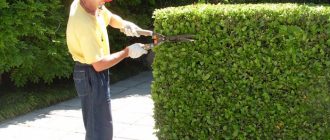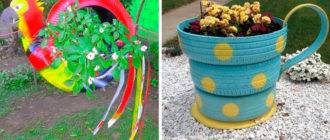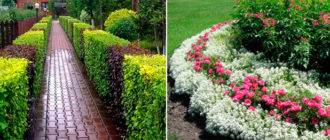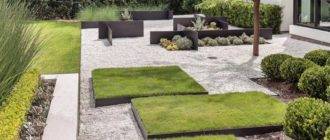Embarking on our gardening "adventure", we often make an unthinkable number of mistakes. Plants do not bear fruit, grow tasteless or worse. Of course, everyone makes mistakes. But the good news is that you can always learn from them.
Watering too much
If you don't think about it, you can take your favorite watering can every day and run into the garden or garden to water the countless beds and flower beds. But many plants don't need your undue care. So, tomatoes, as a rule, are enough to water once a week with 7-8 liters of water per plant and only at the root. And certainly not every day. By the way, it is also good to keep moisture in the soil by loosening and mulching.

Planting plants too close to each other
Planting spacing is something that you need to pay special attention to if you want to get a good harvest. A crowd of tomatoes or cucumbers will bear less fruit, and there will be more problems with diseases and pests.
If you have little space in your garden, planting fewer plants is better than trying to squeeze them in and then get nothing. Densely planted, they compete for water and nutrients, and therefore grow much worse.
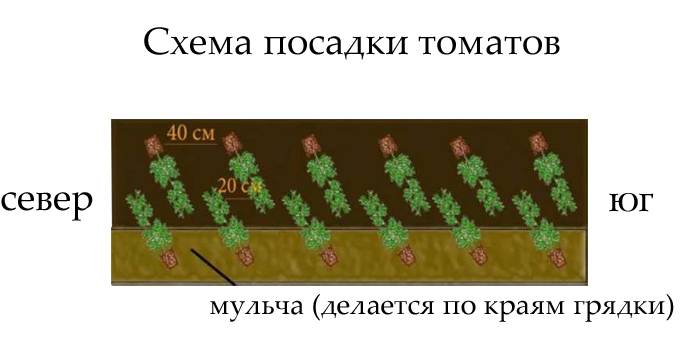
So, the distance between tomatoes should be from 25 to 40 cm, depending on their height. Cucumbers should be planted at least 30-40 cm apart.
Make your plants fade in the sun or die in the shade
You will never get a tasty tomato crop if you plant them in the shade. Tomatoes need sunlight to thrive. But broccoli, on the contrary, will become bad due to too much heat from the midday sun.
There are plants that love light, i.e. more than 6 hours of direct sunlight per day. And keep in mind that 6 hours is the minimum. For some, like tomatoes, 8-10 hours is even better. But there are also those that grow in the "shadow". However, this does not mean that they can do without the sun at all, just 4 hours of diffused light a day will be enough for them. These include legumes, garlic, sorrel, radishes and some others.

Don't use mulch
A thick layer of mulch around your plants will help prevent weed growth. Of course, you still have to pluck the dandelions, but there will be much less of them!
Plus, mulching helps the soil retain water and protects your plants from harmful bacteria, viruses, and fungi. The choice of mulch is entirely up to you: paper, straw and compost.

Don't worry about the size of the plant holes
Typically, the plant hole should be about twice the width and depth of its roots. If the hole is too small, the roots will not germinate well and growth will be stunted. But you can't plant too deep either. If the stem is in the soil, the plant may simply die.
There are, of course, exceptions. For example, tomatoes take root from their stems, so they feel good even if they are planted too deep.
Using fertilizers incorrectly
It always seemed to me that fertilizers are the kind of thing that would be good to use, but not at all necessary. And, of course, you can easily do without them, if you do not strive to get a large and tasty harvest. But if there is such a goal, then feeding is simply necessary! Therefore, here are some tips:
- Avoid using fertilizers that are high in:
- nitrogen, because of it you will get one greens, and not a tasty harvest;
- potassium - will provoke the death of the roots;
- phosphorus - yield will decrease.
- Fertilize at planting and at least once every 4 weeks.
- Liquid organic fertilizers are the best choice when growing plants for food.
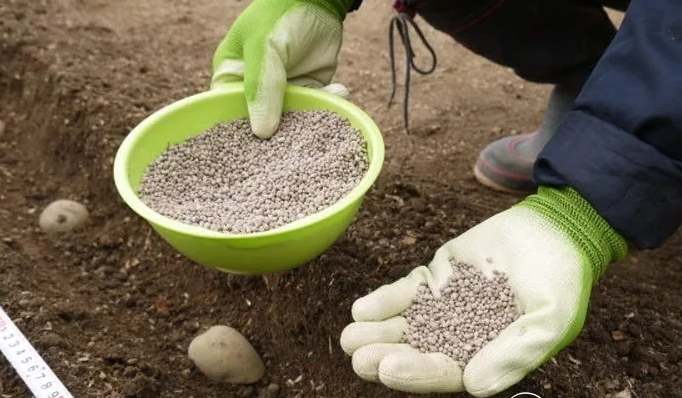
Don't think about the quality of the soil
Before planting, try to understand what kind of soil you have, sandy, clayey? Of course, it's good if you have black soil, but not everyone is so lucky in the vastness of our big country.
There are many ways to improve the soil in your garden. It is best to add commercial and / or compost. Another simple solution is to use raised beds or containers. Be that as it may, it is important to remember that on bad soil and plants will be bad.
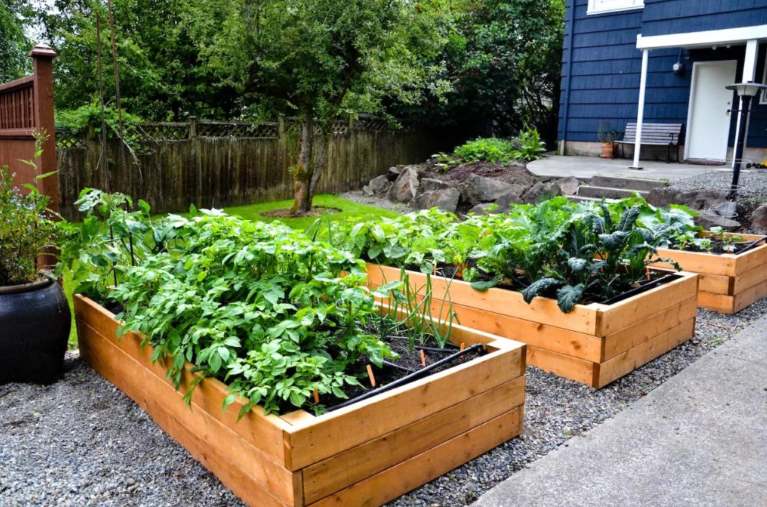
Do not follow the crop rotation
Just imagine, you bought a summer cottage, walk around your site and think: here I will have tomatoes, here flowers, here an onion and garlic. And the first year, or maybe several, you are doing well, and the garden and vegetable garden please you. But after three years, you begin to notice that everything is not growing so well, one plant is sick, the other is dying altogether. A common reason is non-compliance with crop rotation rules. So what's the deal? And the fact is that growing the same or related plants in the same place from year to year depletes the soil, there is simply no nutrients left in it! Therefore, onions, for example, should be planted after peas, pumpkins, tomatoes. And potatoes after zucchini, cabbage and cucumbers.

Plant everything next to it
Our cucumbers and tomatoes, like us, need good neighbors. The former get along well with legumes, corn, and not bad with garlic and onions. But they do not find a common language with tomatoes and potatoes.

